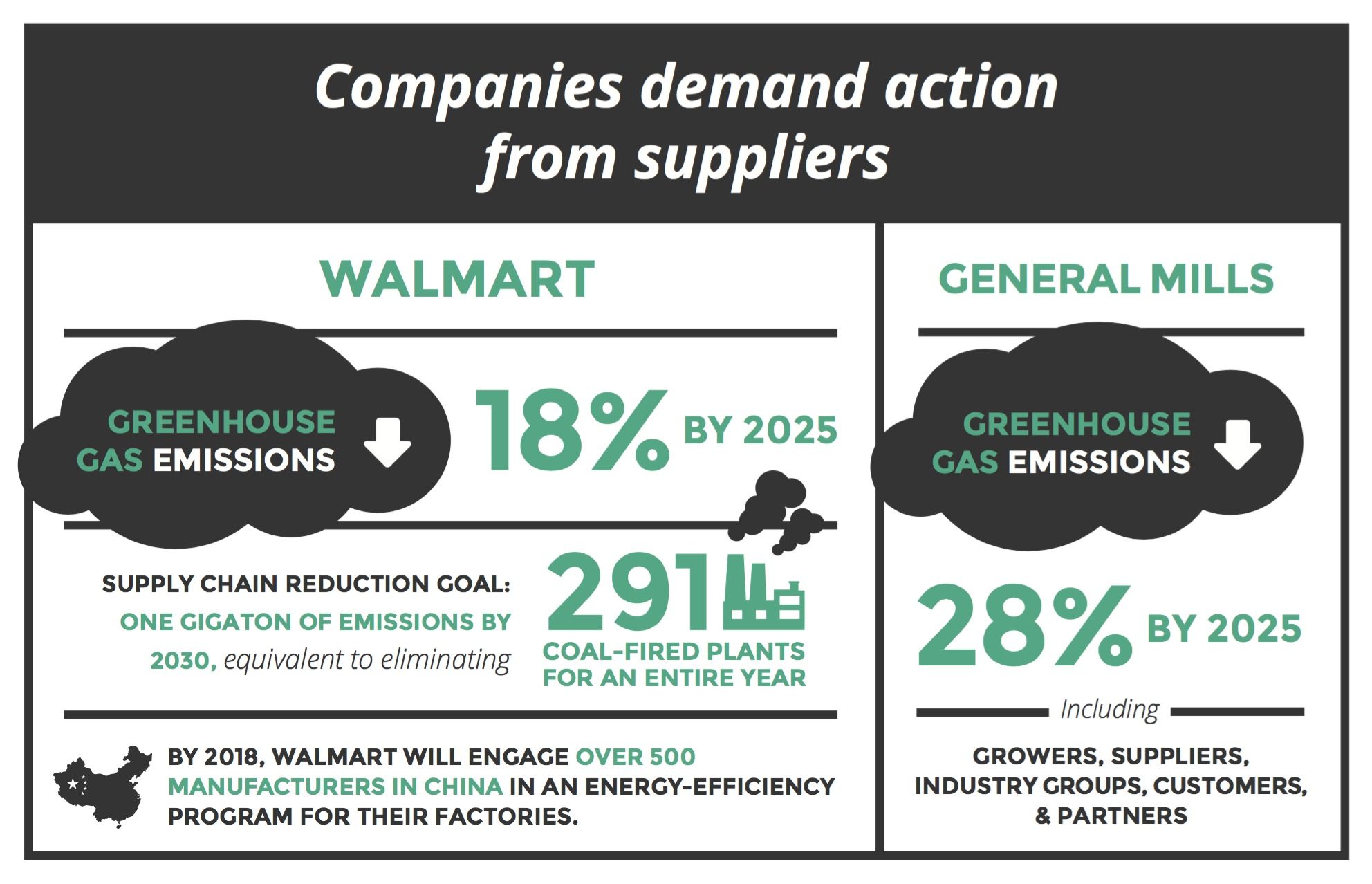Jun 2, 2017
Reaction: Trump Decision to Withdraw from Paris Accord
Posted by Philip Raymond in categories: business, climatology, Elon Musk, environmental, geopolitics, government, policy
One of the missions of Lifeboat Foundation has always been to contemplate the protection of our fragile Spaceship-Earth and to contemplate a day when we may need to migrate from this tiny stage. Yesterday, that day may have been moved a lot closer. But I am getting ahead of myself.
Yesterday, I had a fantasy. One that I passionately hoped would become reality. Minutes before Trump announced the withdrawal of the United States from the Paris Climate Accord, I began to daydream…
- I dreamt that Trump might listen to his top science advisors and his daughter
- I dreamt that he might not gamble our existence on his minority opinion that humans cannot help rescue the environment.
- I dreamt that he would recognize that clean energy jobs trump legacy coal mining
- I dreamt that he would avoid export tariffs for failing to respect international norms
- I dreamt that he would stop pandering to Yahoos and stand for something worthy and undeniable
No such luck! The USA has lost its Mojo—at least while it is led by a man with no grasp of science, history, morals or a global perspective. As Trump begun to speak, I was sucked into a cruel nightmare. But this nightmare is reality. It’s the reality of a buffoon representing you and me in our nation’s highest office.
Question: Time for a thought experiment. Can you guess the answer?…
Continue reading “Reaction: Trump Decision to Withdraw from Paris Accord” »
 One of the missions of Lifeboat Foundation has always been to contemplate the protection of our fragile Spaceship-Earth and to contemplate a day when we may need to migrate from this tiny stage. Yesterday, that day may have been moved a lot closer. But I am getting ahead of myself.
One of the missions of Lifeboat Foundation has always been to contemplate the protection of our fragile Spaceship-Earth and to contemplate a day when we may need to migrate from this tiny stage. Yesterday, that day may have been moved a lot closer. But I am getting ahead of myself.















